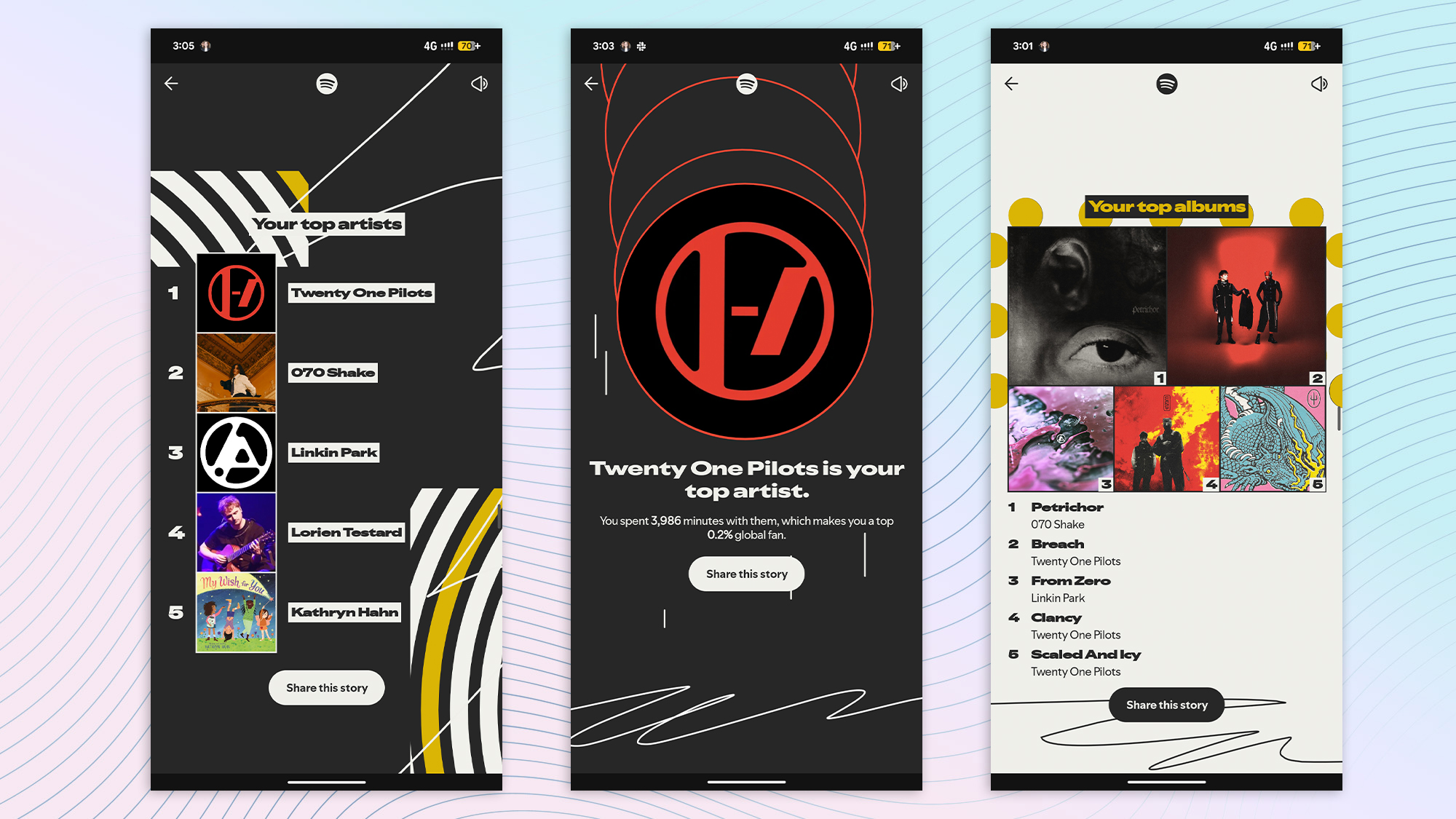Tom's Guide Verdict
The BenQ Zowie Celeritas II has impressively rapid keys, but it's brought down by a bland design and incomplete features.
Pros
- +
Quick, responsive keys
- +
No software required
- +
Not too big
Cons
- -
Boring design
- -
Incomplete USB features
- -
Unhelpful typing layout
Why you can trust Tom's Guide
Although "celeritas" may sound like a fancy new breed of hipster vegetable, it's simply the Latin word for "quickness." The Zowie Celeritas II gaming keyboard ($140) from BenQ is certainly fast, both in how quickly the keys respond and how little time it takes to set up. However, going too fast presents its own set of pitfalls.
The Celeritas II is not very useful for everyday computing, and requires old-school hardware to get the most out of its features. It's also rather expensive for what it offers. While the keyboard is functional overall, it has too many caveats to be a real contender among the current crop of gaming peripherals.
Design
The original Zowie Celeritas was a pretty straightforward gaming keyboard: a full-size black device with mechanical switches, and not much else. The Celeritas II has built on its predecessor's design — but not by much. Now, the keyboard sports red backlighting and a different type of key switch. Otherwise, it can still repeat keystrokes, use media controls (integrated into the Function keys) and disable the Windows button, all without needing dedicated software.
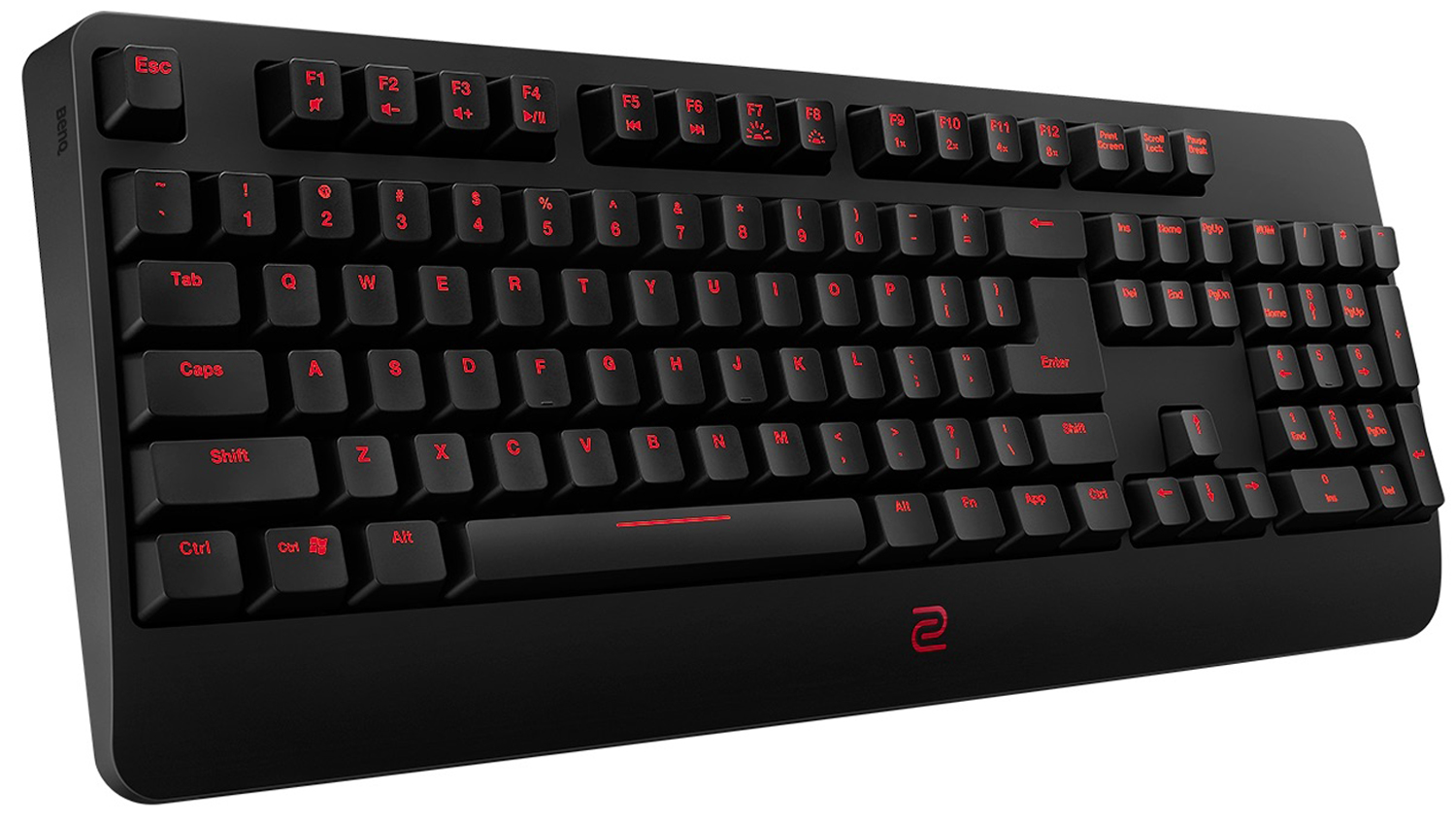
"Unremarkable" is the best way to describe the Celeritas II. It's not out to impress anyone, but as companies like SteelSeries and Razer have demonstrated, it's possible to make an eye-catching product without going over the top. The device measures 17.4 x 6.7 inches, making it pretty small as full-size keyboards go. You won't have any trouble fitting it onto the average desktop, even if your friends and family may mistake it for just another office keyboard.

One of the few interesting design features of the Celeritas II is its PS/2 compatibility. While most gaming keyboards these days are straight-up USB affairs, the Celeritas II comes with a PS/2 adapter right in the box. Some gamers still swear by PS/2 ports; I think that, at this point, USB has pretty much caught up with them for everyday play. The included adapter is a nice touch, but it's a bit of a pain that you can't use repeating keystrokes unless you connect via PS/2.
The Celeritas II's keys are linear but have surprisingly short key travel.
Keys
Whereas the first Celeritas used steady, reliable (albeit potentially overexposed) Cherry MX Brown keys, its successor uses a form of optical key switches. Optical switches are a relatively new type of mechanical switch, and they're supposed to be a bit faster and more durable than older models. The exact details are interesting to keyboard aficionados; otherwise, just know that they're effective and durable.
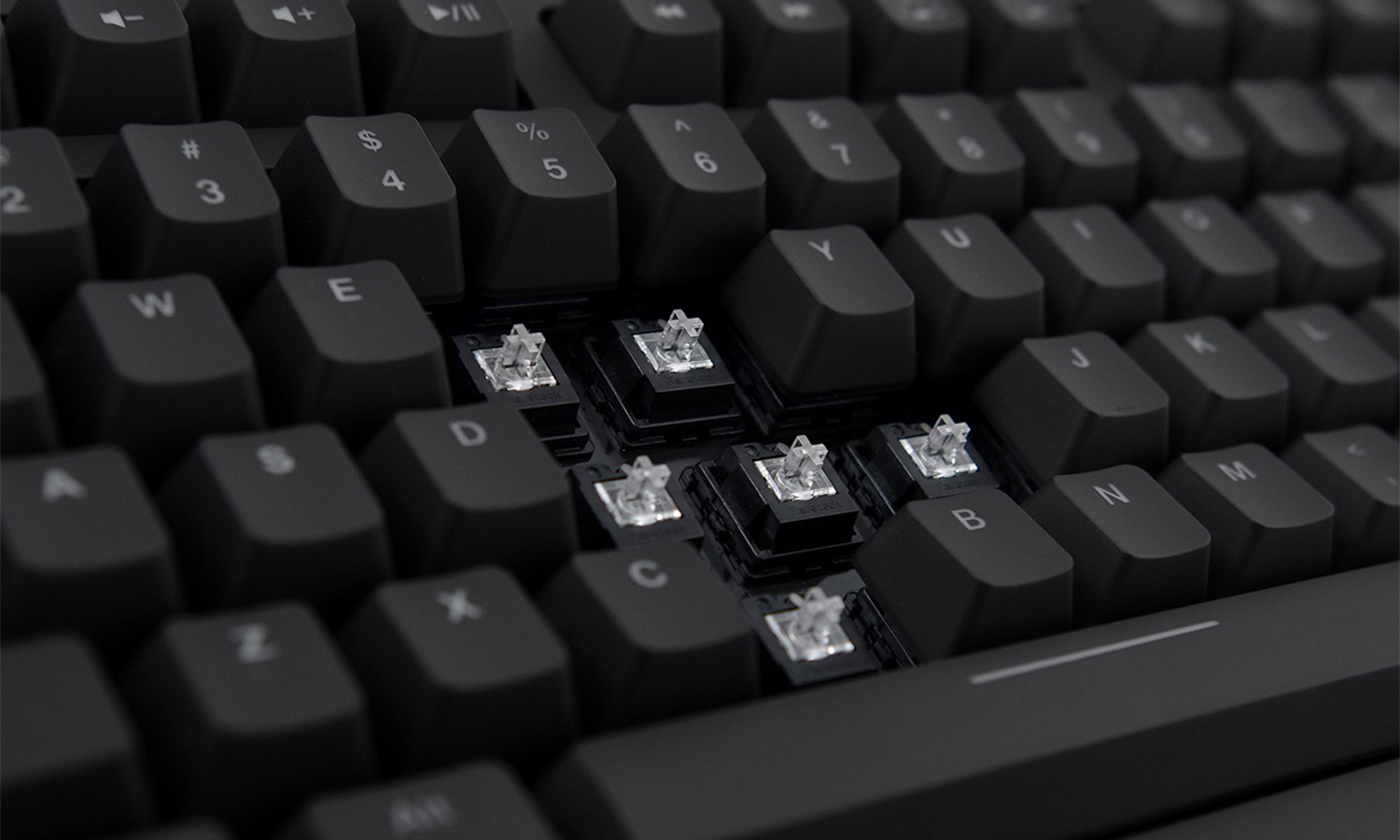
That doesn't necessarily mean they're better than the more traditional models, however. The Celeritas II's keys are linear but have surprisingly short key travel. As such, you'll bottom out — and spring back up — almost immediately. This is helpful if you're constantly smashing the same buttons over and over in, say, an MMO or a dungeon crawler, but it feels considerably less comfortable if you're a touch typist.
Get instant access to breaking news, the hottest reviews, great deals and helpful tips.

For example, I scored 130 words per minute with seven errors on TypingTest.com with my regular Logitech 810 Orion Spectrum. The Celeritas II, on the other hand, gave me only 113 words per minute with 12 errors. The overzealous spacebar was part of the reason why, but the bigger problem was the absolutely tiny left Shift key. I quickly lost count of how many times I typed a slash instead of making a capital letter. Yes, you could eventually train yourself to get used to this, but why should you have to?
Features
The Celeritas II doesn't use any kind of software, which is generally not a problem for keyboards. Unless you want to set up multiple color profiles on an RGB keyboard (which the Celeritas II is not), software is often more trouble than it's worth. This particular keyboard is simply plug-and-play.
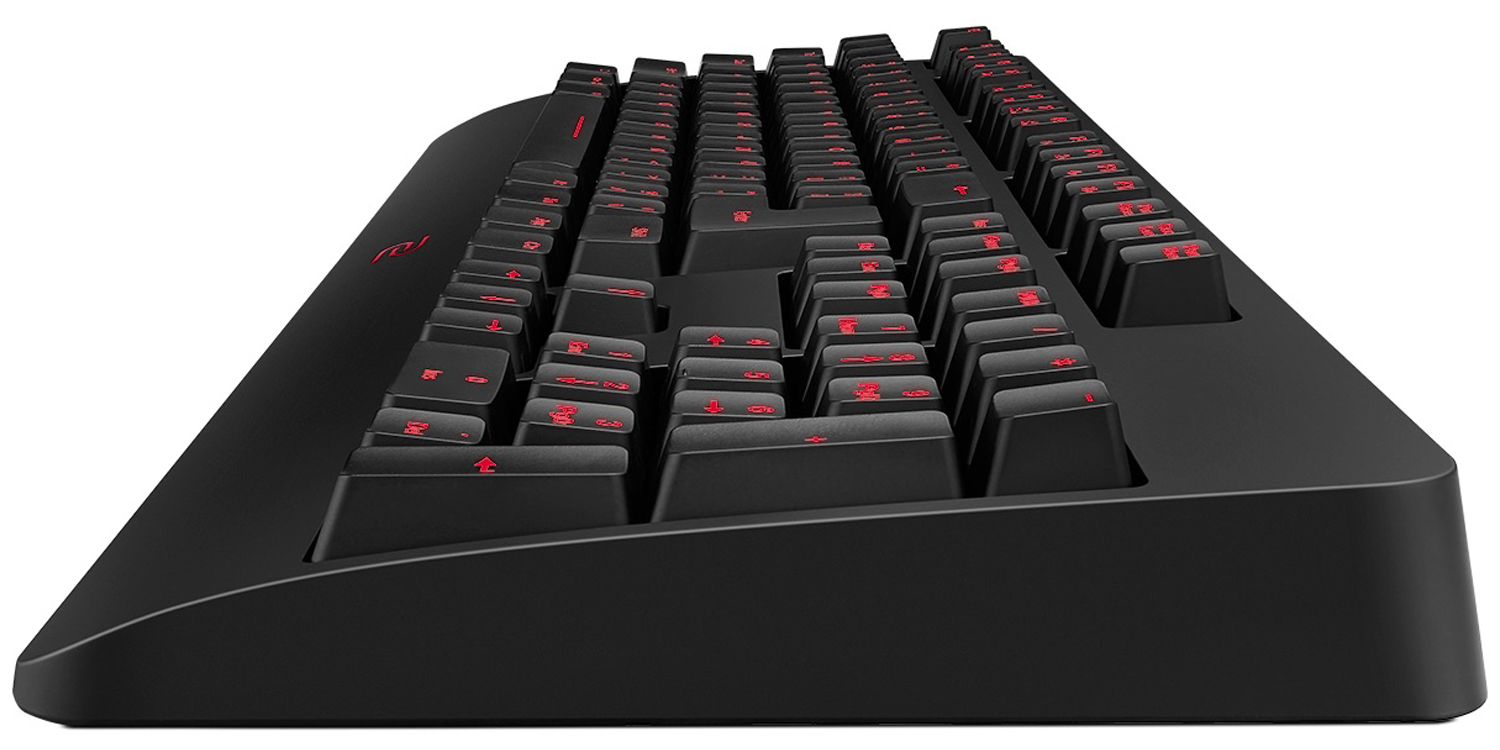
On the other hand, as discussed above, it would be nice if some of its features weren't restricted to PS/2 users — particularly since BenQ is advertising the Celeritas II as an esports keyboard, and many traveling competitors use laptops. I'm also always a proponent of discrete media keys in expensive, full-size mechanical keyboards — although, again, their utility for esports players is questionable.
In Overwatch and StarCraft: Remastered, the springy, responsive keys helped me gun down foes and build up armies without issue.
While the red backlighting is not exactly a downside, it is a little strange to see that so many companies are still leaning hard into the "red-and-black-equals-gaming" color-scheme mentality. If you don't have a red setup — and don't want to start investing in one — you'll have to either turn the lights off or pick up another keyboard.
Performance
On the bright side, the Celeritas II lives up to its name where it counts the most. In Overwatch and StarCraft: Remastered, its springy, responsive keys helped me gun down foes and build up armies without issue. I doubt it helped me play better than a standard set of Cherry keys would, but it's, at the very least, no worse.

The keyboard was also quite competent for single-player adventures such as Diablo III and MMOs like Marvel Heroes Omega. There's no special trick to using the Celeritas II; it's just well-built and performs well across a wide variety of games.
Bottom Line
Ultimately, the Celeritas II performs very well in the genres for which it was designed. That saves it from being a mediocre investment, but just barely. There are lots of other keyboards in a similar price range that also offer better keys, colorful lighting and/or more attractive designs. The SteelSeries Apex M750 ($140) comes to mind, as does the Logitech G810 ($130).
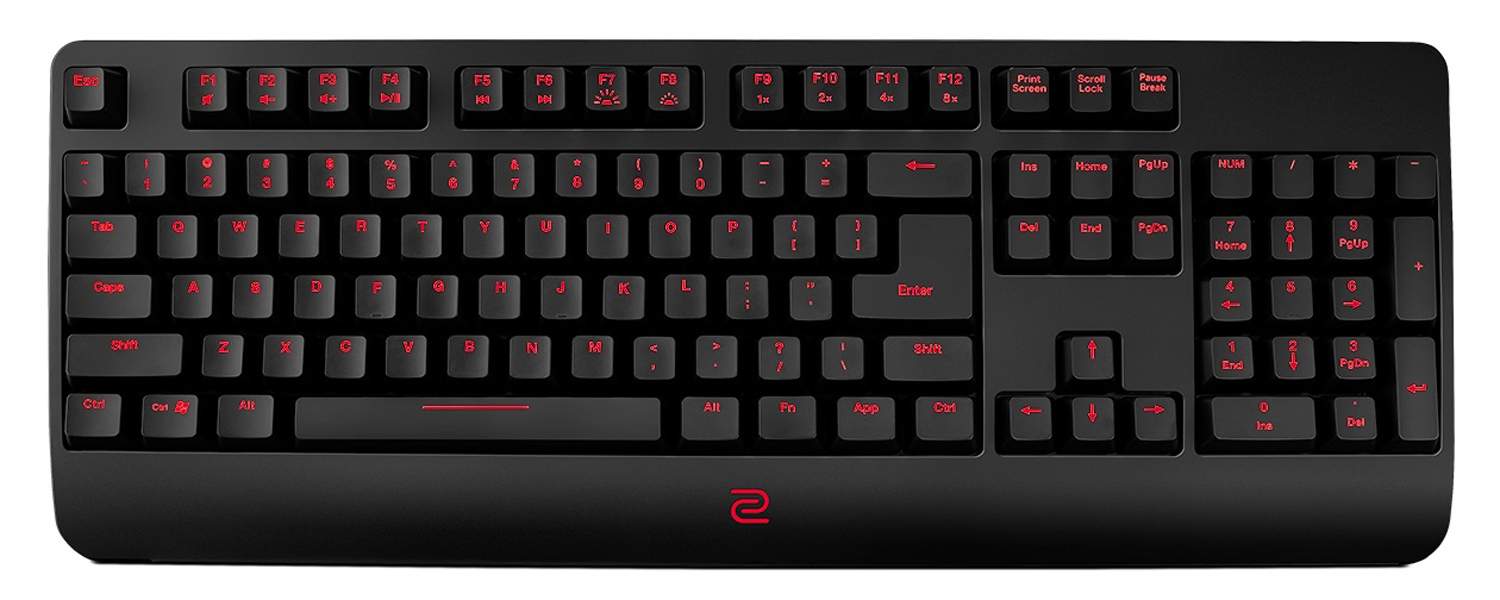
A few years ago, I think the Celeritas II would have been a very impressive keyboard — unabashedly appealing to old-school PC gamers without cutting corners or making any concessions to aesthetics or bells and whistles. In the interim, though, other manufacturers have proved it's possible to make top-notch peripherals without recalling the utilitarian ethos of PC gaming's past.
There's nothing wrong with celerity — but as writer Italo Calvino once pointed out, it's better to "hurry slowly."

Marshall Honorof was a senior editor for Tom's Guide, overseeing the site's coverage of gaming hardware and software. He comes from a science writing background, having studied paleomammalogy, biological anthropology, and the history of science and technology. After hours, you can find him practicing taekwondo or doing deep dives on classic sci-fi.
